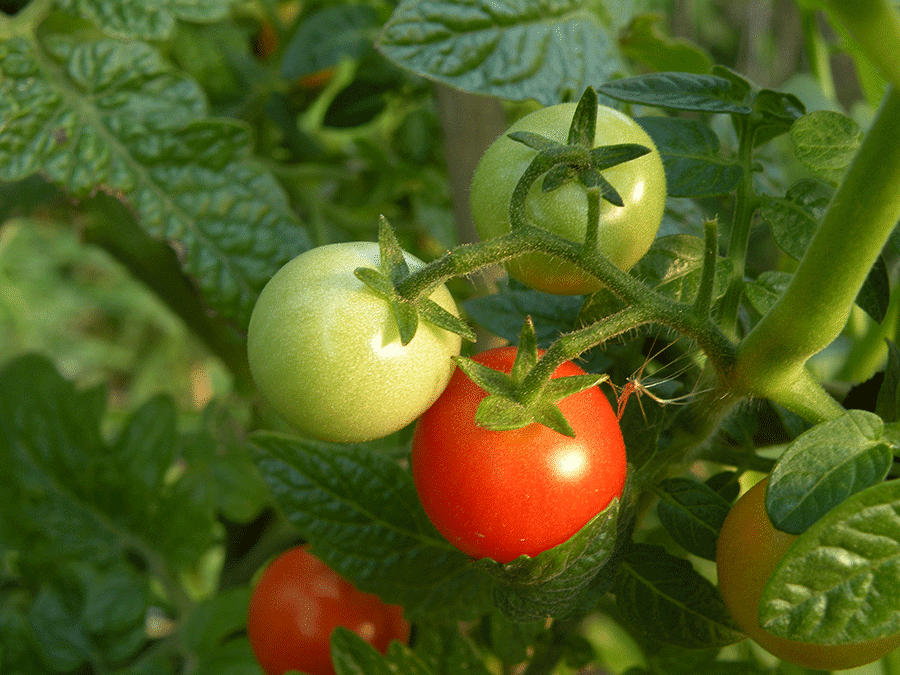It’s mid-August and vegetable growers in most of the country are busy harvesting their bounty while figuring out ways to extend the season. I admire their dedication and skill. I mainly grow ornamentals, dabbling in tomatoes, herbs, lettuce and garlic. Perhaps I’d grow more edibles if I didn’t live in an area where driving to the highway means passing at least half a dozen roadside stands.
“Harvest time for vegetables” and “18 vegetables and how to store them” have tips on using your bountiful produce. And if you have an empty container or section of the veg plot, check out “Planting fall lettuces.”

Leaf chlorosis explained
Yellowing leaves or stunted growth on plants in the garden doesn’t always indicate a nutrient deficiency. “Seeing leaf chlorosis?” on the ONnurserycrops Blog explains how to determine if other culprits, such as sucking insects, sudden temperature changes or reduced water uptake, might be the cause of chlorosis you see. However, once all other possibilities are ruled out, it might be time to submit leaf samples to a soil testing lab for foliar analysis.
Mapping pollinator gardens
An eco reserve in Cambridge, Ont., is building a pollinator map, and looking for people to sign up to help with the task. A CBC report says the map will go from Waterloo to Toronto. Anyone with a garden can participate.
Guide to hybridizing daylilies
Paul Gellatly, former director of horticulture at Toronto Botanical Garden and also known as the Tattooed Gardener, describes how to hybridize daylilies in a Winnipeg Free Press article by Colleen Zacharias. According to the article, Gellatly grows more than 400 daylilies in his Toronto garden, has registered 32 new cultivars with the American Hemerocallis Society and plans to register five or six more this year. Definitely an expert on these popular perennials.
